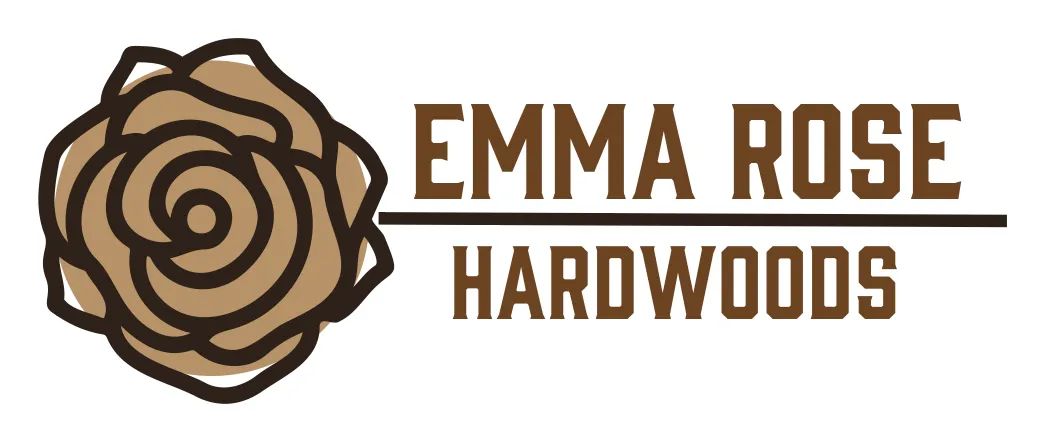
EMMA ROSE HARDWOODS
Color Variation and Texture
Color Variation and Texture: Enhancing the Beauty of Wood
One of the most appealing characteristics of wood is its natural variation in color and texture. This unique quality gives each piece of wood its own distinct character, adding depth and visual interest to any woodworking project. Whether it's the warm tones of maple, the rich hues of walnut, or the unique grain patterns of oak, the color variation and texture of wood can truly enhance the beauty of a finished piece.
Color variation in wood occurs due to a variety of factors, including the species of the tree, its growing conditions, and even the age of the wood. Different wood species have their own inherent natural colors, ranging from pale whites and creams to deep reds and browns. Within a single species, individual boards can also display variations in color, with some sections being lighter or darker than others. This natural color variation adds depth and dimension to the wood, creating a visually captivating surface.
Texture is another important aspect of wood's beauty. The texture refers to the way the wood feels and looks, influenced by the size and arrangement of its wood fibers. Some woods have a smooth and even texture, while others exhibit a more pronounced grain pattern, with swirls, knots, and irregularities. These unique textures add character and personality to the wood, giving it a rustic or refined appearance, depending on the desired aesthetic.
When working with wood, embracing and accentuating its color variation and texture can create stunning results. It's important to keep in mind that wood is a natural material and will inherently have variations in color and texture. Embracing these natural variations can actually enhance the beauty of the finished piece, adding a touch of authenticity and charm.
There are also techniques available to further enhance the color variation and texture of wood. Staining the wood can accentuate the natural colors, deepening or altering the hue to achieve a desired look. Some woodworkers also use techniques such as wire brushing or distressing to create additional texture and visual interest, adding a weathered or aged appearance to the wood.
Incorporating wood with color variation and texture into your woodworking projects can open up a world of design possibilities. From creating contrast and visual focal points to adding depth and dimension, the natural beauty of wood can be truly showcased. Whether you prefer a clean and contemporary look or a rustic and natural feel, embracing the color variation and texture of wood can result in truly breathtaking pieces of craftsmanship.
